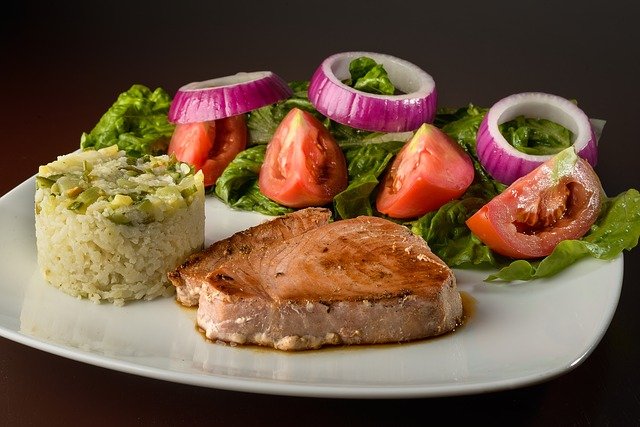
It is known that vitamins and minerals are important for our health and should be included in our daily diet.
However, current guidelines only tell people the amounts they should take for each vitamin and mineral, not how to pair them to get the maximum benefits.
Recent research has shown that separating out nutrients this way is not good for people’s health. Instead, research findings suggest people take nutrients in pairs because they work better in that way.
Here are 5 pairs of nutrients that can do wonder to your health.
Sodium and potassium
We know that sodium is one essential nutrient that most Americans eat much more every day than they need.
Excess sodium can lead to high blood pressure because it disrupts the natural ability of blood vessels to relax and expand.
High blood pressure can increase the risks of having a stroke or heart attack.
One way to solve the problem is by taking potassium. The nutrient encourages the kidneys to excrete sodium.
Recent studies have shown a connection between high potassium intake and lower, healthier blood pressure.
According to the guidelines, adults are supposed to get 4,700 mg of potassium and 1,200 mg to 1,500 mg of sodium daily.
Vitamin D and calcium
Like most nutrients, calcium is mostly absorbed in the small intestine.
It can strengthen bones, but the body needs vitamin D’s assistance to absorb the nutrient. Vitamin D also provides many other benefits for the body.
Currently, the official nutrition guidelines recommend that people get 1,000 milligrams (mg) of calcium and 400 international units (IU) of vitamin D daily.
For older adults, the amounts are 1,200 mg of calcium starting in the 50s, and 600 IU of vitamin D starting in 70s.
Zinc and copper
Different from previous pairs, copper, and zinc don’t work together.
The two minerals compete for places to be absorbed in the small intestine. If there’s a lot of zinc around, copper tends to lose out and a copper deficiency may develop.
For people with an eye condition called macular degeneration, a special vitamin-mineral combination called AREDS can help.
The combination has been shown to slow down the progression of the disease, which can cause blindness.
Vitamin B12 and folate
Previous research has shown that vitamin B12 and folate form one of nutrition’s best couples.
B12 helps the body absorb folate, and the two can support cell division and replication together. Cell division and replication allow the body to replace cells that die.
Good food sources of vitamin B12 include meat, eggs, and milk and good sources of folate include leafy green vegetables, beans, and other legumes.
Current nutrition guidelines recommend 2.4 micrograms of B12 and 400 micrograms of folate daily.
People who don’t eat meat and other animal-based products are easy to get B12 deficiencies.
In addition, people who eat poorly or drink too much alcohol may have folate deficiencies.
Deficiency in either or both vitamins may cause anemia. B12 deficiencies can also cause mild tingling sensations and memory loss.
Niacin and tryptophan
Niacin is one of the B vitamins. The daily niacin requirement is 16 mg for men and 14 mg for women.
Niacin deficiency causes pellagra, a disease that causes a bad rash, diarrhea, and dementia.
Tryptophan, an amino acid, is a source of niacin. So one way to avoid niacin deficiency is to eat foods that contain a lot of tryptophan, such as chicken and turkey.
Copyright © 2019 Knowridge Science Report. All rights reserved.



